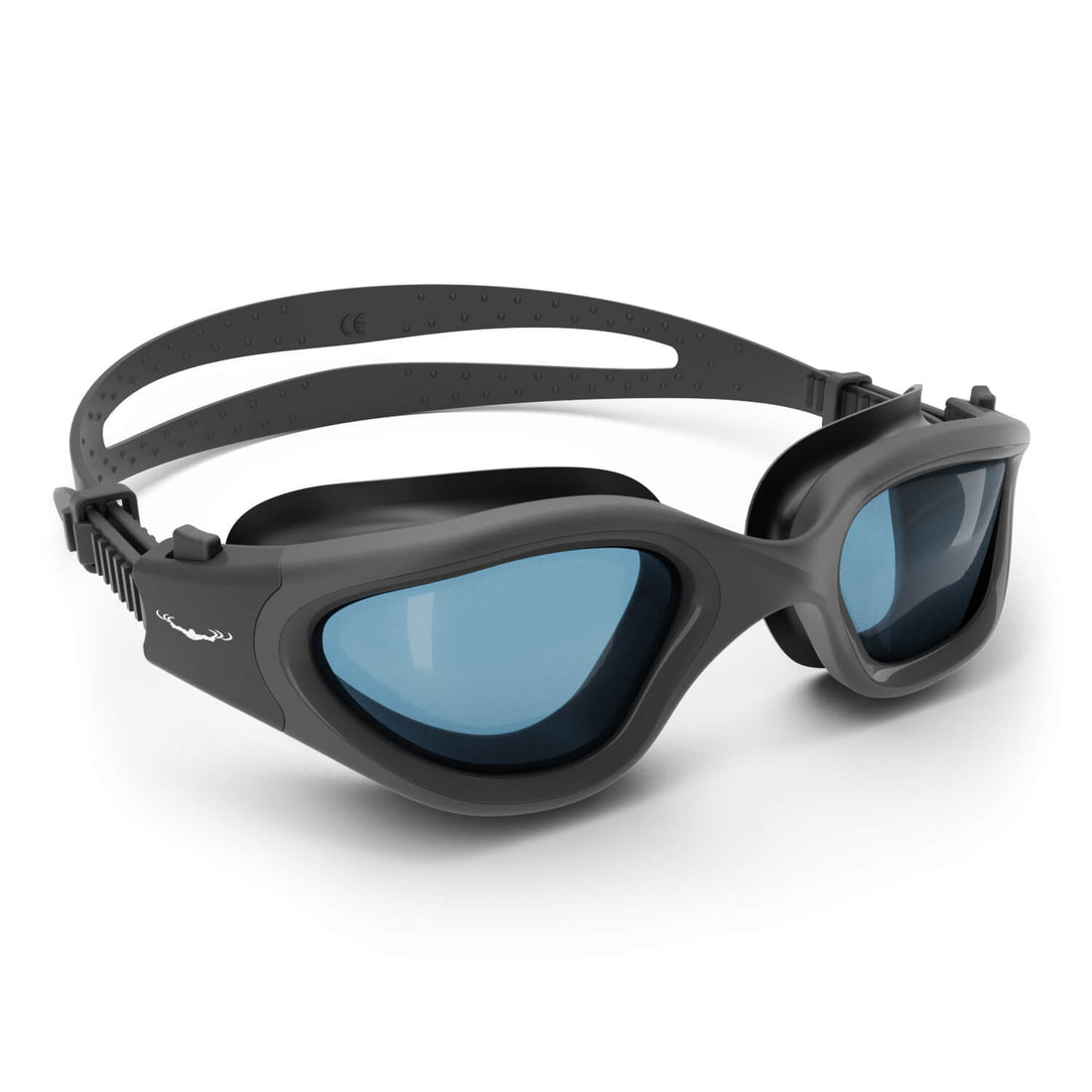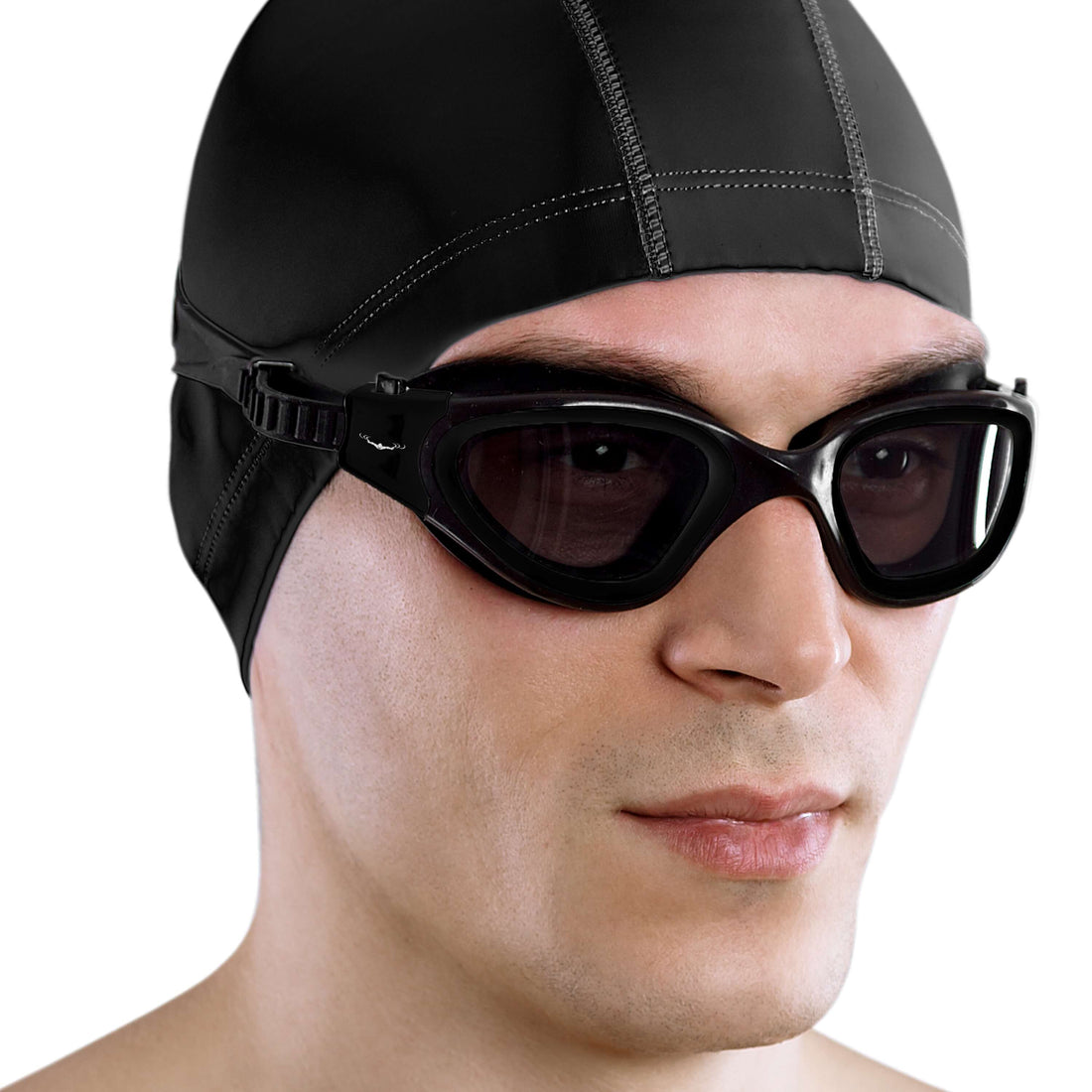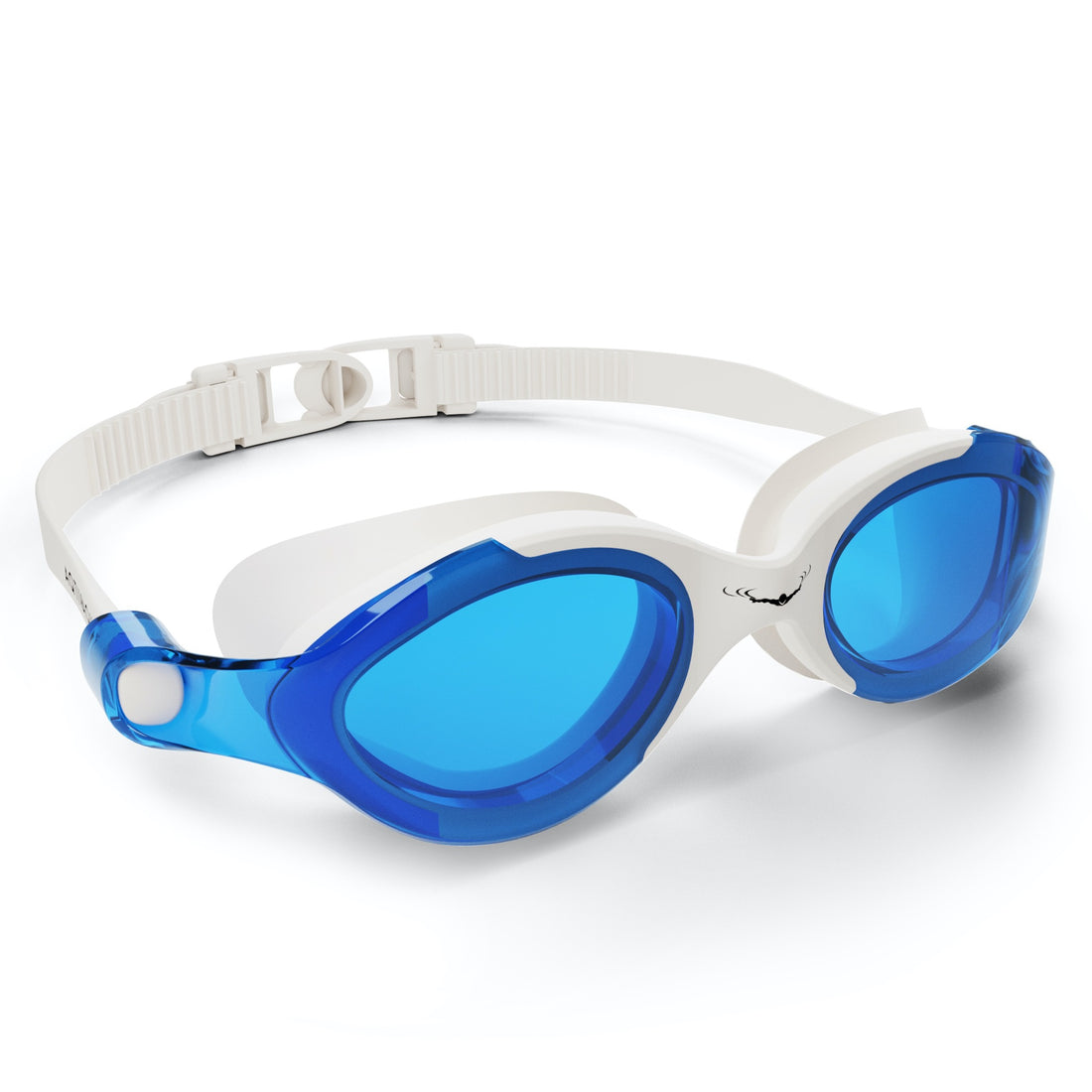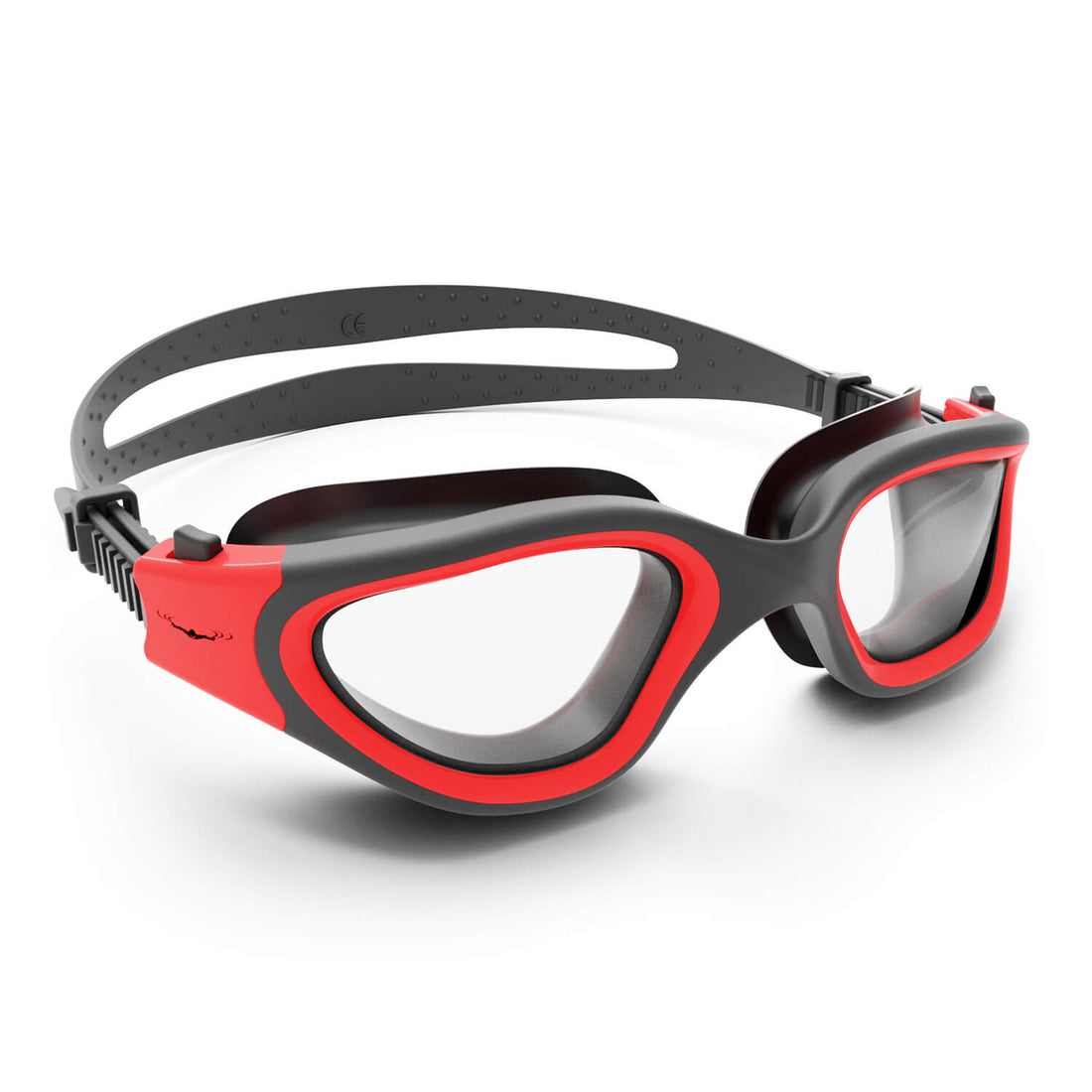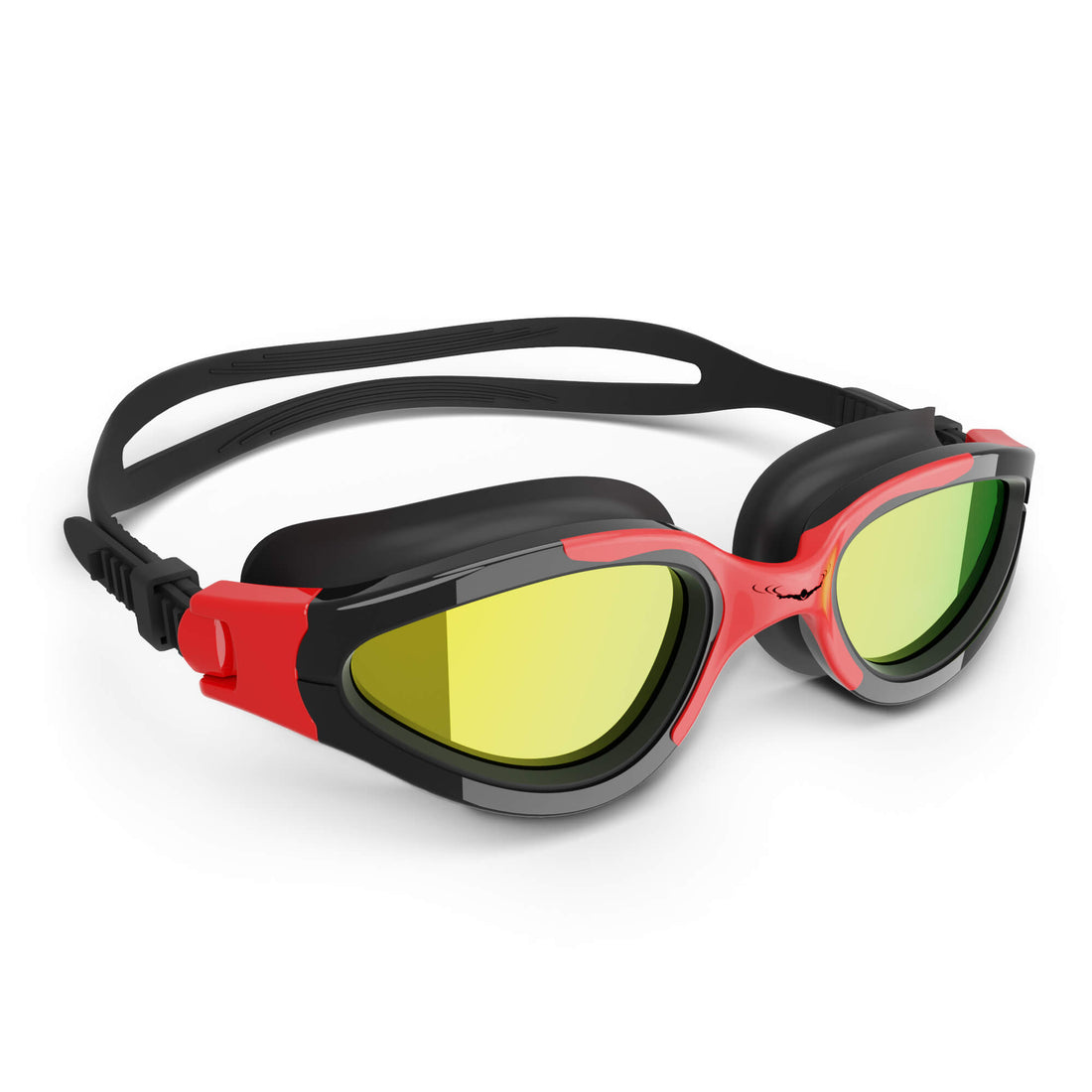Overview
Swimming is a powerful rehabilitation tool, offering low-impact exercise that improves mobility, flexibility, and strength while reducing stress on joints. It also provides psychological benefits by boosting mood and alleviating stress. Effective techniques for rehabilitation include water walking, incorporating various strokes, and using swim aids. To maximize benefits, create a regular swimming routine, set specific goals, and consider working with a coach. Beyond recovery, swimming promotes cardiovascular health, social interaction, and long-term flexibility, making it a valuable lifelong activity.
Frequently Asked Questions
1. How does swimming benefit rehabilitation?
2. What are some effective swimming techniques for rehabilitation?
3. Can swimming help with mental health during rehabilitation?
4. How can individuals create a regular swimming routine for rehabilitation?
5. What should I do to integrate swimming into my lifestyle beyond rehabilitation?
Swimming is more than just a leisurely summer activity; it’s a powerful method for rehabilitation. Whether you are recovering from an injury or looking to improve your health, incorporating swimming into your routine is a fantastic choice. In this blog post, we will explore the numerous benefits of swimming for rehabilitation, effective techniques to implement, and how to maximize your experience.
The Healing Power of Water
Water therapy, or hydrotherapy, has been utilized for centuries to aid in the healing process. Swimming, being a low-impact activity, provides an excellent environment for rehabilitation. The buoyancy of water reduces stress on joints and provides resistance, enhancing strength and flexibility. Let’s take a closer look at how swimming can aid in recovery.
Low-Impact Exercise
One of the most significant advantages of swimming is that it is a low-impact exercise. While activities like running and weight lifting can be tough on the body, swimming allows for movement without the same level of strain. This makes it perfect for anyone who is recovering from injuries or has chronic pain.
Improved Mobility and Flexibility
Swimming involves the full range of motion for many joints, promoting flexibility and mobility. When you swim, you stretch and strengthen the muscles surrounding joints, which can help reduce stiffness and improve overall range of motion. This benefit is particularly valuable for those recovering from knee surgery or joint replacements.
Strength Building in Water
Resistance training is integral to rehabilitation, and swimming provides natural resistance as you move through water. The water’s density makes it a supportive environment for building strength without the risk of injury caused by heavy weights. You can effectively work on muscle groups by varying your strokes, ensuring a comprehensive workout.
Adaptable and Accessible
Swimming is suitable for individuals of all ages and abilities. Whether you’re a young athlete recovering from a sports injury or an older adult working through chronic pain, there are swimming regimens tailored for you. The use of assistive devices, such as a swim headband for all ages, can enhance comfort and safety during sessions. Swimmers can also benefit from swim ear bands that prevent water from entering the ears, making their experience more enjoyable.
Psychological Benefits of Swimming
Beyond the physical benefits, swimming can also be incredibly beneficial for mental health. Engaging in rhythmic movements in water is calming, helping to alleviate stress and promote relaxation. For those undergoing rehabilitation, maintaining a positive mindset is crucial for recovery, and swimming can play a vital role in this.
Boosting Endorphins
Exercise, including swimming, leads to the release of endorphins, which are the body’s natural mood lifters. Regularly swimming can help combat feelings of depression and anxiety, making it an essential part of a holistic rehabilitation plan.
Effective Swimming Techniques for Rehabilitation
To maximize the benefits of swimming during rehabilitation, it’s essential to utilize effective techniques. Below, we explore several strategies and strokes that can be particularly beneficial.
Start with Water Walking
If you are new to swimming or just beginning your rehabilitation journey, start with water walking. This basic movement helps you become accustomed to the water while promoting mobility. Walk through the shallow end, gradually increasing speed as you gain confidence.
Incorporate Various Strokes
Different swimming strokes can target various muscle groups. The following strokes are recommended for rehabilitation:
- Front Crawl: This stroke promotes cardiovascular health and engages the core muscles.
- Backstroke: Often easier on the neck and back, this stroke enhances strength and flexibility.
- Breaststroke: This stroke is great for building leg strength and improving coordination.
- Side Stroke: An excellent choice for those recovering from shoulder injuries.
Utilize Swim Aids
Using swim aids can enhance your capabilities while swimming. Recommended aids include kickboards, pull buoys, and fins. These tools assist in building strength and technique without overexerting yourself. Additionally, wearing a swim headband for all ages can help keep hair and sweat out of your face, allowing you to focus fully on your workout.
Creating a Regular Swimming Routine
Consistency is key to seeing the benefits of swimming in rehabilitation. Aim to establish a regular swimming routine, whether that’s a few times a week or several times a day, depending on your recovery plan. Below are some tips to help you create a sustainable routine:
Set Specific Goals
Before your swimming journey begins, it’s beneficial to set specific goals. Are you aiming to gain more mobility in a particular joint or build strength in your legs? Defining your objectives can guide your swimming sessions.
Listen to Your Body
While swimming is generally safe, it’s essential to listen to your body. If you feel pain or discomfort while swimming, it may be wise to consult a healthcare professional. Adjusting your strokes or the intensity of your workout can help maintain comfort.
Connect with a Coach or Therapist
For those undergoing significant rehabilitation, working alongside a swimming coach or physical therapist can be invaluable. These professionals can help tailor your workouts to ensure efficient recovery while also offering motivation and support.
Making Swimming a Part of Your Lifestyle
The best way to ensure continued progress is to make swimming a regular part of your lifestyle. Here are some tips on integrating swimming into your daily routine:
Find a Local Pool
Look for a local pool or aquatic center that fits your accessibility needs. Many facilities offer specialized rehabilitation classes or open swim times tailored to those in recovery.
Join a Swimming Group
Connecting with others who share similar goals can provide motivation and support. Look for local swimming groups or classes designed for rehabilitation.
Keep Your Gear Ready
Having your swimming gear organized and easily accessible can encourage you to engage in swimming more regularly. Consider keeping your swim ear bands and a swim headband for all ages packed in your gym bag or trunk for spontaneous swims.
Beyond Rehabilitation: The Lifelong Benefits of Swimming
The benefits of swimming extend far beyond rehabilitation and recovery. Once you’ve experienced the advantages of this versatile activity, you may find that it becomes a lifelong passion.
Enhanced Cardiovascular Health
Incorporating swimming into your routine delivers a significant cardiovascular workout. Not only does this promote heart health, but it helps in maintaining a healthy weight, as swimming burns calories efficiently.
Social Interaction
Joining a swim team or participating in water aerobics can create social opportunities. The camaraderie found in swimming is one of the many joys of being part of an aquatic community.
Long-Term Flexibility and Mobility
Continuing to swim regularly can maintain and enhance flexibility as you age. Movement in the water provides an excellent way to keep your joints healthy and your muscles strong, crucial in preventing injuries.
In closing, swimming offers a unique and multifaceted approach to rehabilitation, catering to individuals of all ages and abilities. By understanding its benefits and implementing effective techniques, you can create a supportive environment for recovery and overall health. So, dive into swimming today and unleash the healing potential that water offers. Your journey toward rehabilitation and wellness awaits!
Linked Product

Neoprene Swimming Headband - Swim Ear Band Protection Cover - Hair Guard - Keep Ear Plugs IN
The Neoprene Swimming Headband is designed to keep earplugs securely in place, making it ideal for individuals with ear tubes or perforated eardrums. Its quick-dry material not only provides warmth in cold water but also helps keep hair out of the face. Available in multiple sizes, this headband enhances visibility in the water and ensures a comfortable fit for users of all ages.
View Product


